Food Safety
What is Food Safety?
The materials to use and the processes to choose
Say ‘food safety’ and it brings up conversations about where the food comes from, if veggies should be chopped before or after washing and more recently, conversations about organic food.
That’s not even scratching the surface of a study that’s growing deeper every day. Food Safety is all about safe practices, which include not just your ingredients, but cooking techniques, cleanliness and using the right utensils. It is perhaps the last one that goes mostly unnoticed.
There’s more than one reason why your grandma chose copper to store water, for instance. With its metallic strength, copper keeps bacteria that cause common water-borne diseases away. Positively charged, the water gets antioxidant goodness that helps digestion and slows down skin aging. Keep in mind, if you’re averse to copper or other metals, you’ll want to limit the consumption of water from them. Going a little earthy, many hobby chefs swear by the powers of clay pot cooking and will tell you that once you get used to it, you won’t look back. We’ve already touched
upon how terracotta is the top choice for setting curd. It rocks curries and stews as well, slow-cooking them to taste better and retain the Nutrients.
The biggest casualty of the rising food-safety research is the non-stick pan. It entered our homes in the late 70s and has been around since. More and more people are waking up to smell perfluorooctanoic acid (a chemical no one wants a mouthful of) that it releases into food while heating. Enter cast iron, the unsung hero who’s making a comeback and how. Iron doesn’t add chemicals to your food. In fact, your blood will thank you for the increased iron content in your food. If you’re dealing with hemoglobin imbalances, spinach cooked in iron is the superfood you’ve been waiting for.
But how can you tell if you’re making the correct food-safe choice for your kitchen? Make sure the product is ethically crafted with good manufacturing practices. Pay special attention to the quality of materials used to make the product and the finishes applied to it.
For example, the sheen on your ceramic comes from glazing, while matt finishes on metal require powdering and the finished look of wood comes from lacquering. All these top-layer finishes should be food safe i.e. free of harmful chemicals like lead. True terracotta on the other hand doesn’t need glazing, it gets a naturally food-safe sheen when it’s baked and even if it does take a coat, ensure that the coating is FDA approved and food-safe. Great containers set the stage for your food and don’t force themselves into the act. They only make the food better.












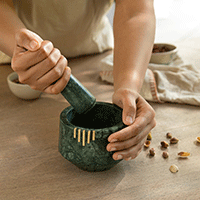



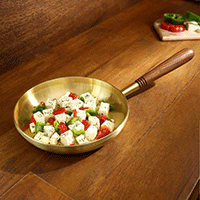












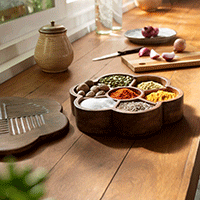





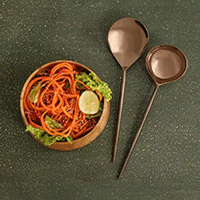







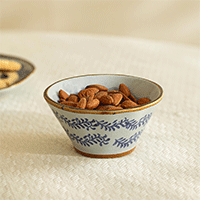


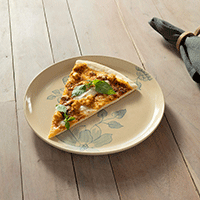




























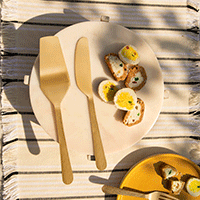
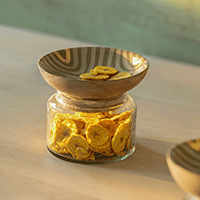






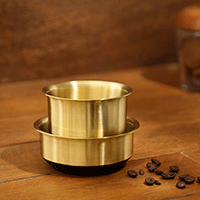





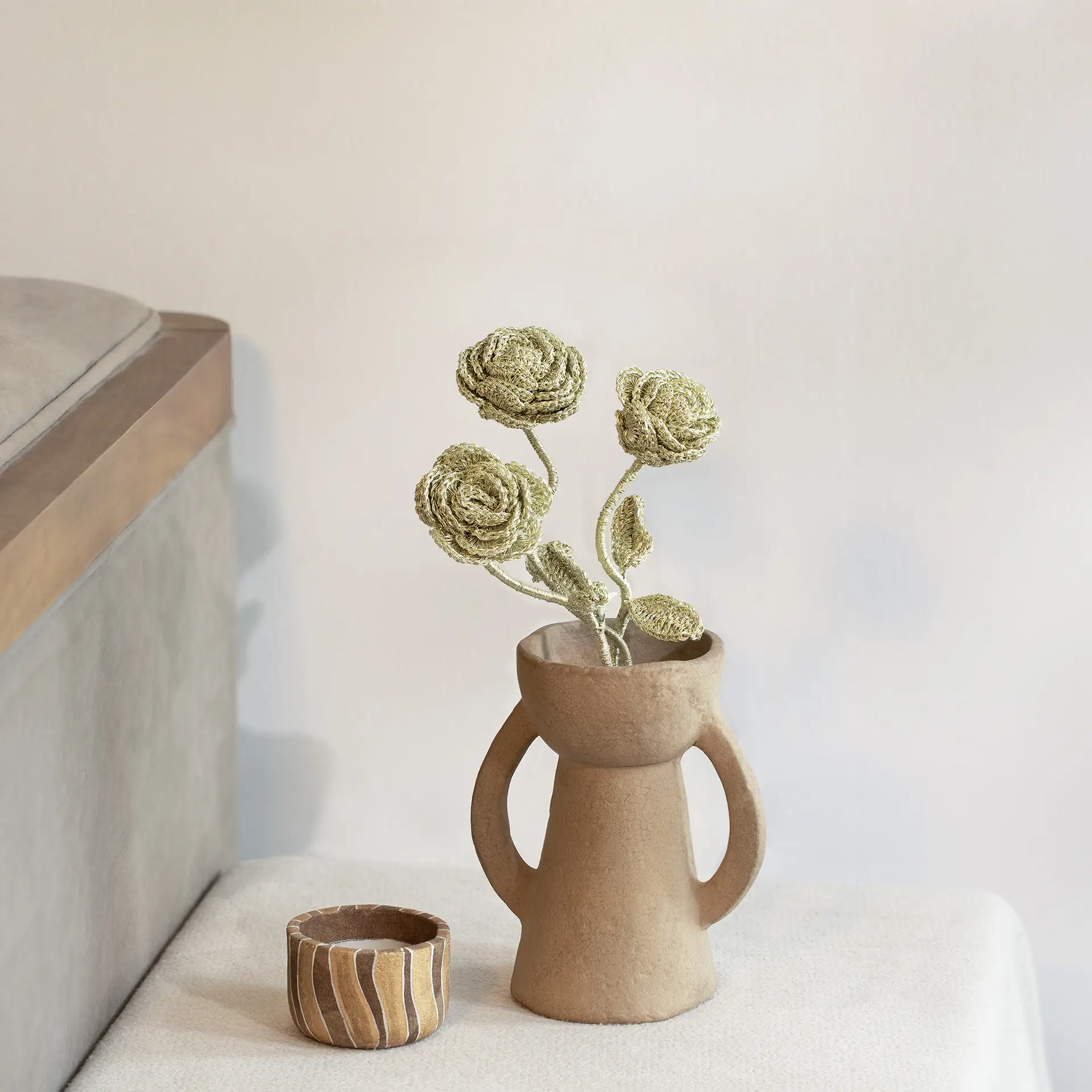
























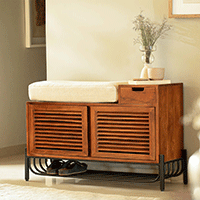
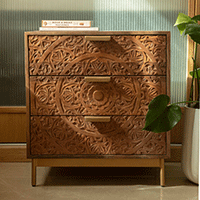

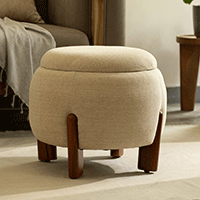














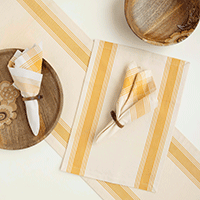





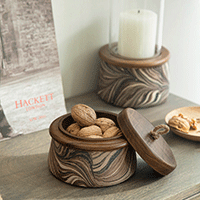




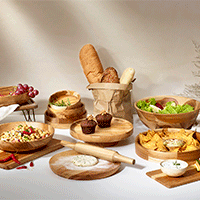
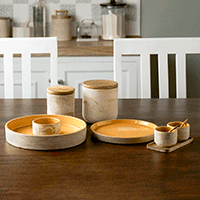

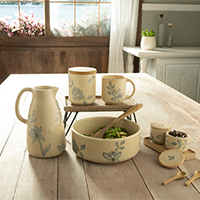


















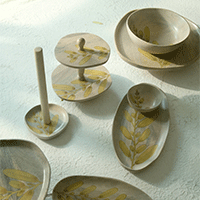

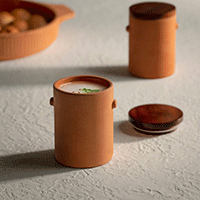



















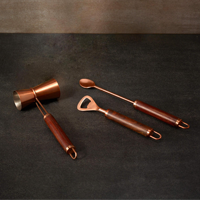















 easy returns
easy returns safe & secure
safe & secure hand crafted
hand crafted
